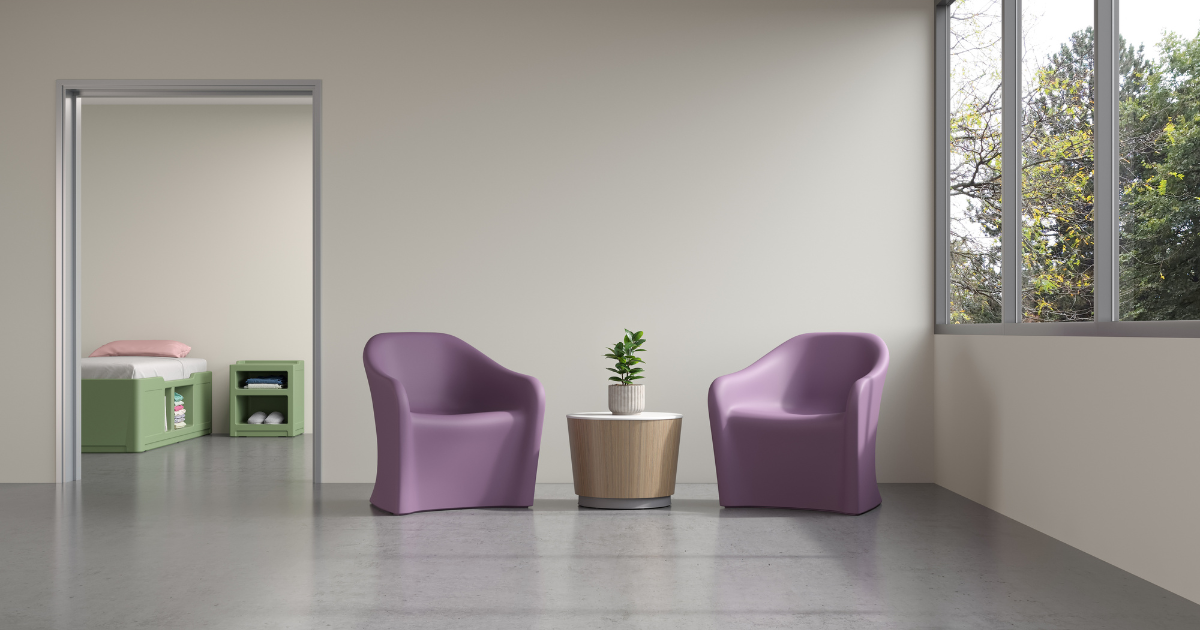
October 3, 2024
Stance Healthcare Adds Lounge Series to Award-Winning Flo Collection
Acclaimed healthcare furniture manufacturer set to exhibit Flo Lounge at upcoming Healthcare Design Conference + Expo, Oct. 5-8
CHARLOTTE, N.C., Oct. 3, 2024 – Stance Healthcare, leading manufacturer of thoughtfully-designed furniture for healing environments, introduces the Flo Lounge series, a natural extension of the 2021 Nightingale Gold award-winning Flo Dining Collection. Offering a unique combination of beautiful aesthetics and end-user comfort not typical...
|